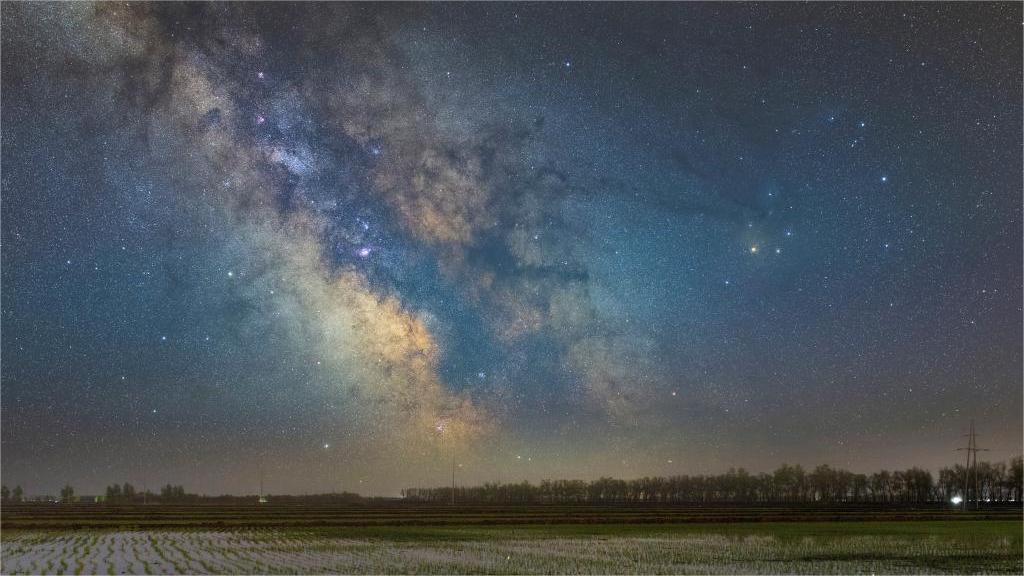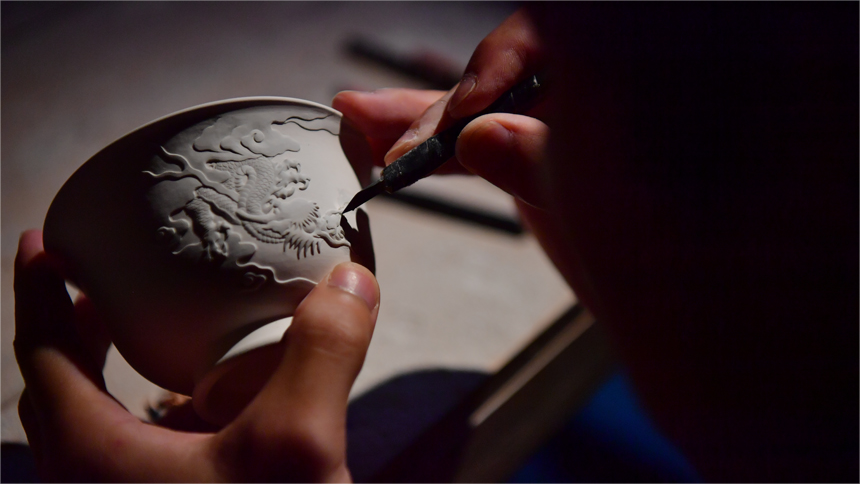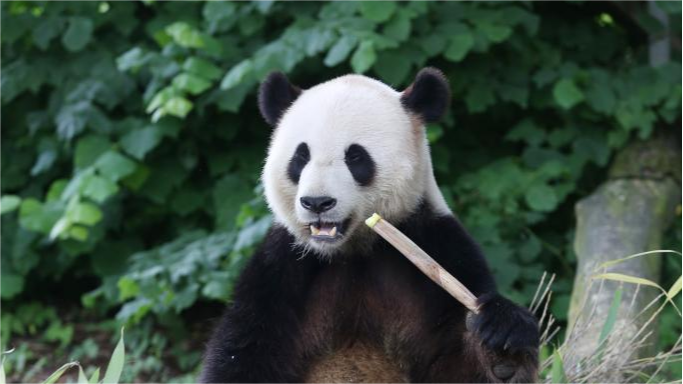Ancient millet gains modern appeal in north China
HOHHOT, June 4 (Xinhua) -- From delicious mooncakes and crispy snacks to millet-themed museums, Aohan Banner in north China, known for discovering the world's oldest millet, is transforming this ancient grain into trendy, modern products.
According to Ma Lin, a resident of Aohan in the Inner Mongolia Autonomous Region, millet was traditionally used for porridge and other recipes but now it's in mooncakes, which is very new. "My family and friends love them."
Ma is among a growing number of health-conscious Chinese consumers who increasingly favor coarse grains like millet, sorghum, black rice and buckwheat over refined grains such as white wheat and polished rice.
This shift presented enticing opportunities for companies in Aohan Banner. Two years ago, Inner Mongolia Huixiangyuan Food Co., Ltd. started developing millet mooncakes.
"We encountered various challenges, including selecting the right millet variety and refining the milling process," said Zhang Fengying, manager of the company. "After years of efforts, we successfully launched our millet mooncakes."
The mooncakes became popular among customers as more people became aware of the nutritional value of millets, often referred to as "coarse cereals" due to the rough surface of their seeds, Zhang said.
In addition to mooncakes, Aohan Agricultural Millet Industrial Development Group Co., Ltd. has collaborated with experts from Nankai University to develop a millet powder believed to restore acid-base balance. In recent years, the company has launched over 80 millet products.
Beyond new products, new business models centered around millet are emerging. Restaurants and rural homestays featuring millet cuisine, along with millet museums, have become popular attractions.
The Aohan Millet Museum, which displays 8,000-year-old carbonized millet grains and over 500 ancient farming tools, has been a major tourist destination since its opening in 2020, receiving over 300,000 visitors so far.
"Visiting the millet museum was a fascinating experience," said Chen Cailing, a local from Aohan Banner. "It's amazing to see the history and the innovative ways millet is being used today."
The local government has rolled out various measures to ensure the high-quality development of the millet industry. These include preserving traditional varieties, screening for high-yield, high-quality new varieties, and documenting traditional farming practices and local customs related to millet.
Acknowledging the historical significance of millet, the Aohan dryland farming system was designated as one of the Globally Important Agricultural Heritage Systems by the Food and Agriculture Organization of the United Nations in 2012. Two years later, Aohan was designated China's "hometown of millet."
"During prehistoric times, Aohan millet served as a staple food for northern Chinese ancestors before spreading westward," said Liu Guoxiang, vice president of the Chinese Academy of History. "It has unique cultural and agricultural value."
At present, Aohan's millet cultivation area spans over 1 million mu (approximately 66,700 hectares), with an annual output of around 300 million kg. The millet industry, involving nearly 80,000 farming households, has already become a cash cow for local residents.
Wang Yuzhuo, a local villager, established a rural cooperative in 2013. In 2023, Wang began promoting millets through live-streaming and received 1,000 orders in just 30 minutes during his first session. To date, he has sold 28,000 orders, amounting to 1.2 million yuan (about 168,800 U.S. dollars) in sales.
In the future, Aohan Banner plans to continue its innovative approaches, combining traditional practices with modern techniques to further enhance the millet industry and strengthen its place in the market.
In many regions of China, local specialties have evolved into iconic industries. In Liuzhou, an industrial city renowned for steel and automobile manufacturing, exports of Luosifen, a distinctive delicacy known for its pungent aroma, surpassed 3,167 tonnes in 2023, with a total value of 87.27 million yuan. This marked a 19.4 percent increase in quantity and a 28.5 percent increase in value compared to the previous year.
In north China's Shanxi Province, which has a history of over 3,000 years in making vinegar, the mature vinegar is exported to over 30 countries and regions, including the United States, Canada, Australia and Japan.
"For nearly 8,000 years, millet cultivation has been continuous in Aohan Banner," said Zhang Hongfeng, director of the banner's agriculture and animal husbandry bureau.
"Today, it not only supports local livelihoods but also stands as a symbol of the region. Despite the passage of time, Aohan millet continues to thrive, embodying the vibrant spirit of agricultural heritage and innovation."
Photos
Related Stories
- Passion fruit offers fresh start to once polluted county
- Chinese scientists achieve speed breeding of rice in desert
- Chinese, foreign scientists discuss cooperation on agricultural innovation to ensure food security
- China's premium rice farms regain vitality after last summer flood
- Harmony of rural harvest and urban skyscrapers in Hangzhou
Copyright © 2024 People's Daily Online. All Rights Reserved.









